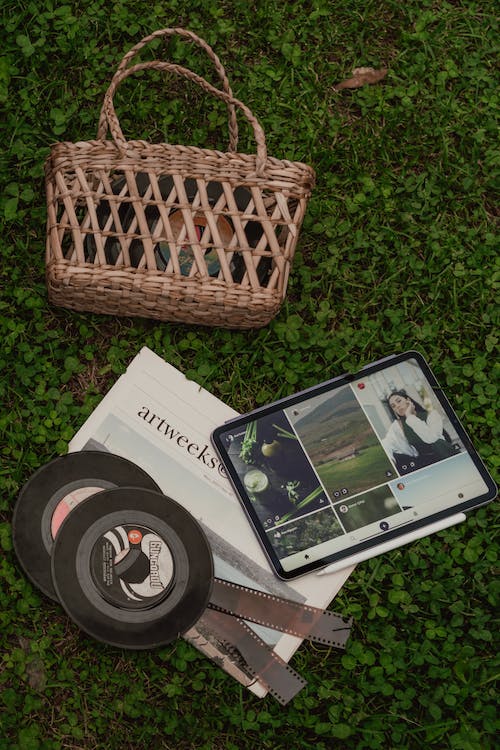How to record a song? What preparation is required? How to mix and master my music? Are there some general guidelines? The answers to these questions may vary depending on what song you decide to record, whether you will be the sole artist or have your own band, and whether you will be doing song mixing online. However, there are general principles that will help you create a quality product with a minimum of wasted time.
What to do before recording?
- First of all, the song should be well rehearsed. If you have a musical group, the musicians need to master the technique of playing in order to minimize the work during the editing stage. The only exceptions are the recordings of experienced musicians who always know what they are doing.
- The novelty of the strings greatly affects the sound quality of the instruments. It is recommended to buy new strings before recording and use them at least once beforehand so that the tuning of the instrument does not change spontaneously during recording, and you do not have to constantly adjust it. Each instrument must be tuned as accurately as possible and checked periodically during recording.
- If the recording is to be made for a ready-made phonogram (backing track or arrangement), then make sure that the material is available in the highest possible quality and recorded on a serviceable medium (preferably a flash drive).
- It is highly undesirable to divide the sound recording of one instrument or vocals into several sessions. The slightest change in the angle of direction of the microphone or its distance from the instrument can lead to a serious change in the nature of the sound. There are no less nuances in vocals, since the timbre is influenced not only by the distance to the microphone, but also by your physical and psychological well-being. Even professionals do not always manage to make timbre identical takes in different sessions. So plan ahead of time for how long you need to set aside for a complete recording of your instrument or vocals. The rest of the instruments can be recorded next time, but also the whole part.
How to record songs?
Before recording, you need to take care of comfortable monitoring. To do this, you need to feed you the phonogram or sound of your instrument into your headphones or monitors. Try to play or sing and feel how comfortable it is for you to do it. It is worth paying attention to the overall sound volume in headphones (monitors) and the balance between the soundtrack volume and how you hear your voice or instrument. The feeling of listening comfort may vary slightly from person to person. While recording, make sure that the position of the instrument remains as constant as possible relative to the microphone (the same applies to vocals). If you do not succeed in some difficult moment, then leave it for later. After all, it so happens that dwelling on the same thing gives every time an ever worse result. Try recording other material or just take a break. The ears are an instrument that requires periodic rest to work properly, otherwise the objectivity in the assessment of the recorded material will deteriorate. If it’s difficult to keep track of the bars on the recording, it can be useful, for example, to ask the bassist to play with the drummer’s headphones. Turning off some instruments also helps with rich arrangements. Determine which instruments are the most important, and what the part you are currently recording should rely on.
How to mix songs?
Learning to mix music beautifully is not easy, but nothing is impossible. First of all, you should adhere to the tips that are given below.
- Do not forget to adjust the tracks in speed to each other correctly. It depends on whether the finished composition will be organic and beautiful or it will be disordered. Choose for only high-quality musical material – only in this case you can get a good result.
- Practice mixing music on good equipment with a powerful sound card and high-quality monitors. For mixing, use professional programs with compressors and equalizers.
- It is also important in the mixing process to keep in mind the outcome you want to achieve. After all, you probably want to create a certain atmosphere and mood in the track, to achieve its correspondence to a certain musical format.
- After mixing the tracks, be sure to carry out the final mastering, equalizing the frequencies so that the music sounds clear and multifaceted, and the various instrumental and vocal parts do not drown out each other.
How to master songs?
There are several basic mastering techniques, including online song mastering, which should be applied as needed:
- compression, which suppresses the dynamic range of the signal, so that the difference between loud and quiet sounds becomes less;
- equalization, which boosts or reduces the volume of certain frequencies, leaving others intact;
- control of levels during song mastering for natural sounding;
- limiter to reduce levels of highest peaks in the audio signal.

